National Monument - Tam Son Pagoda
(BNP) - Tam Son Pagoda, Tam Son quarter, Tam Son ward, Tu Son city, was built a long time ago. During the Early Le Dynasty to the early Ly Dynasty, the pagoda was a major Buddhist center of the country, associated with Zen Master Van Hanh and the founder of the dynasty that opened Dai Viet civilization - King Ly Thai To.

Tam Son Pagoda is also known as Cam Ung Pagoda, Ba Son Pagoda, and “Trăm Gian” (Hundred-Compartment) Pagoda.
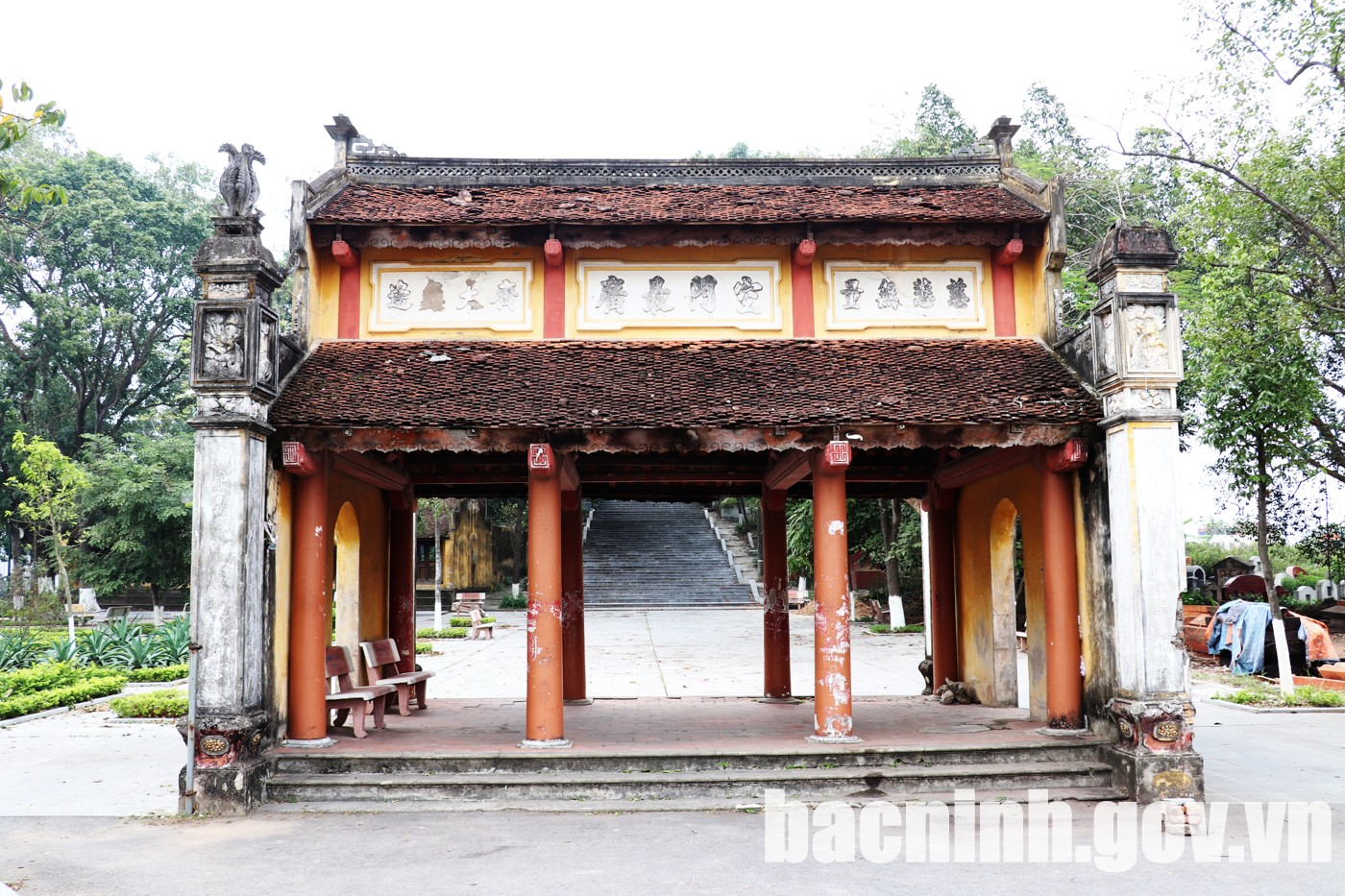
Pagoda gate (Three external gates)

And three internal gates still retain its ancient features...
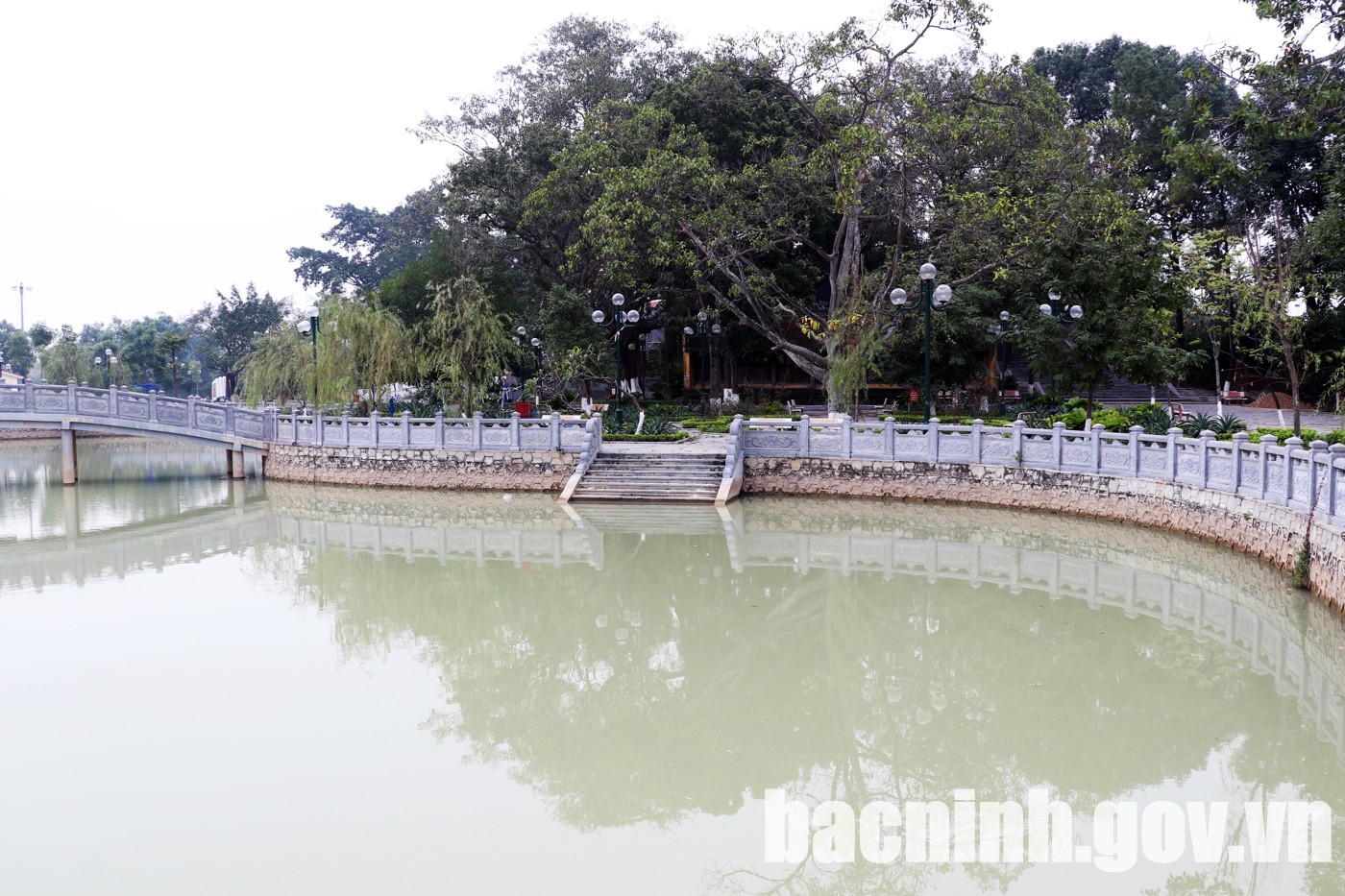
In front of the pagoda gate is a large lake.

The Tam Bao (Three Jewels) building has the architecture of Chinese “Cong” letter.
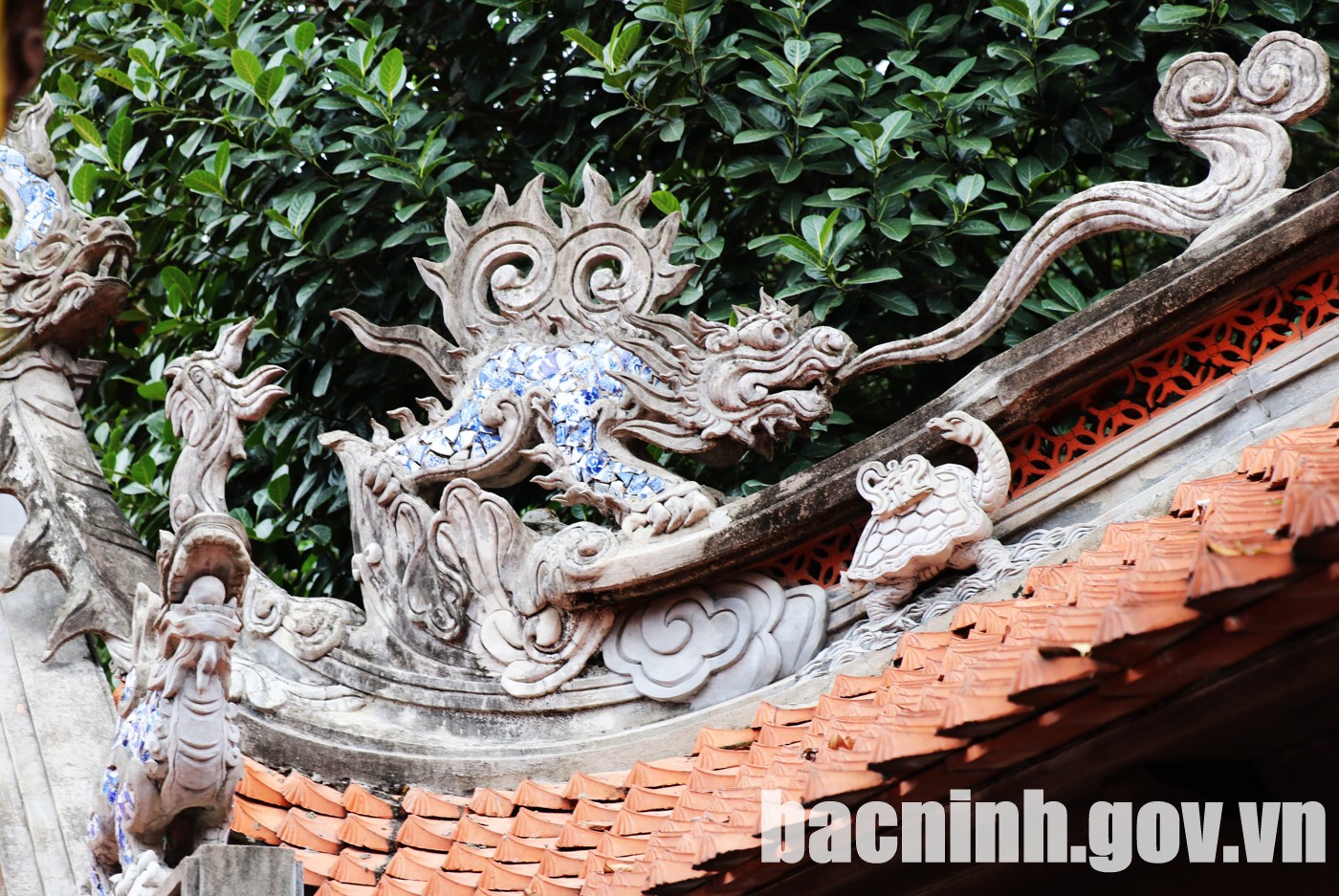
On the roof and corners of the Three Jewels building are embossed with many vivid images of four sacred animals.
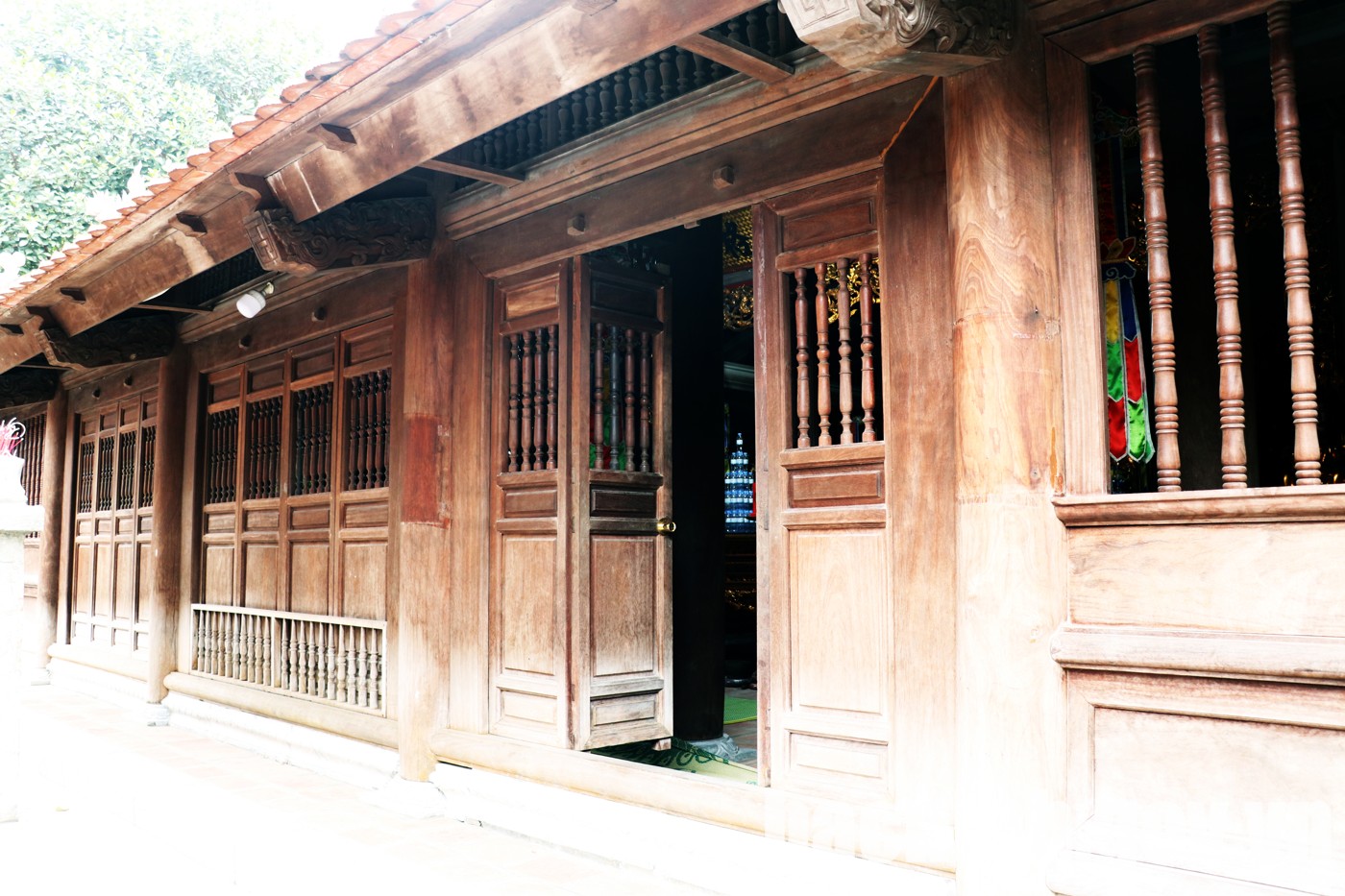
Tien Duong (Front Ceremonial Hall) has 7 compartments, the load-bearing frame is made of ironwood.
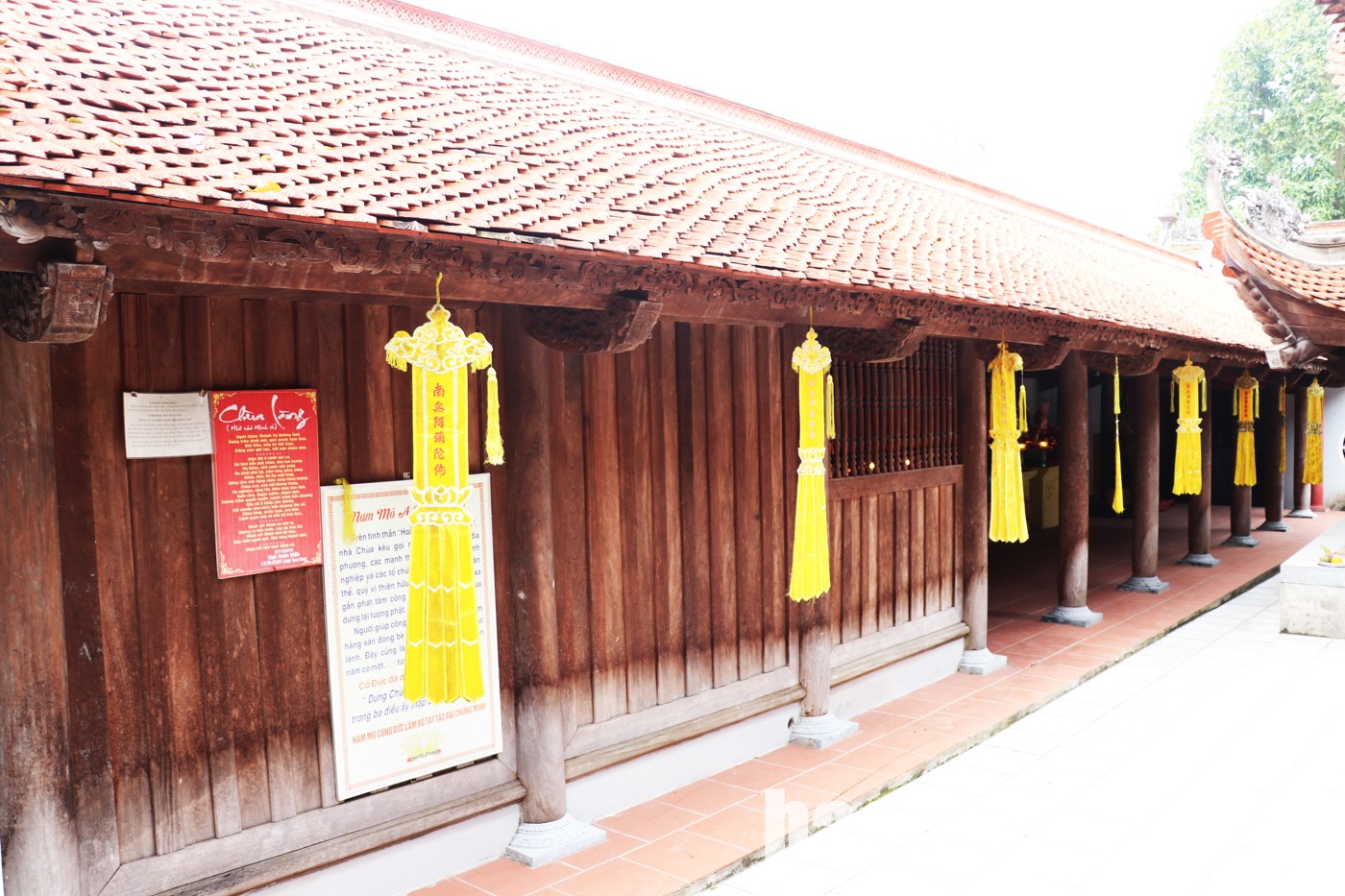
Trung Duong has traditional architecture.
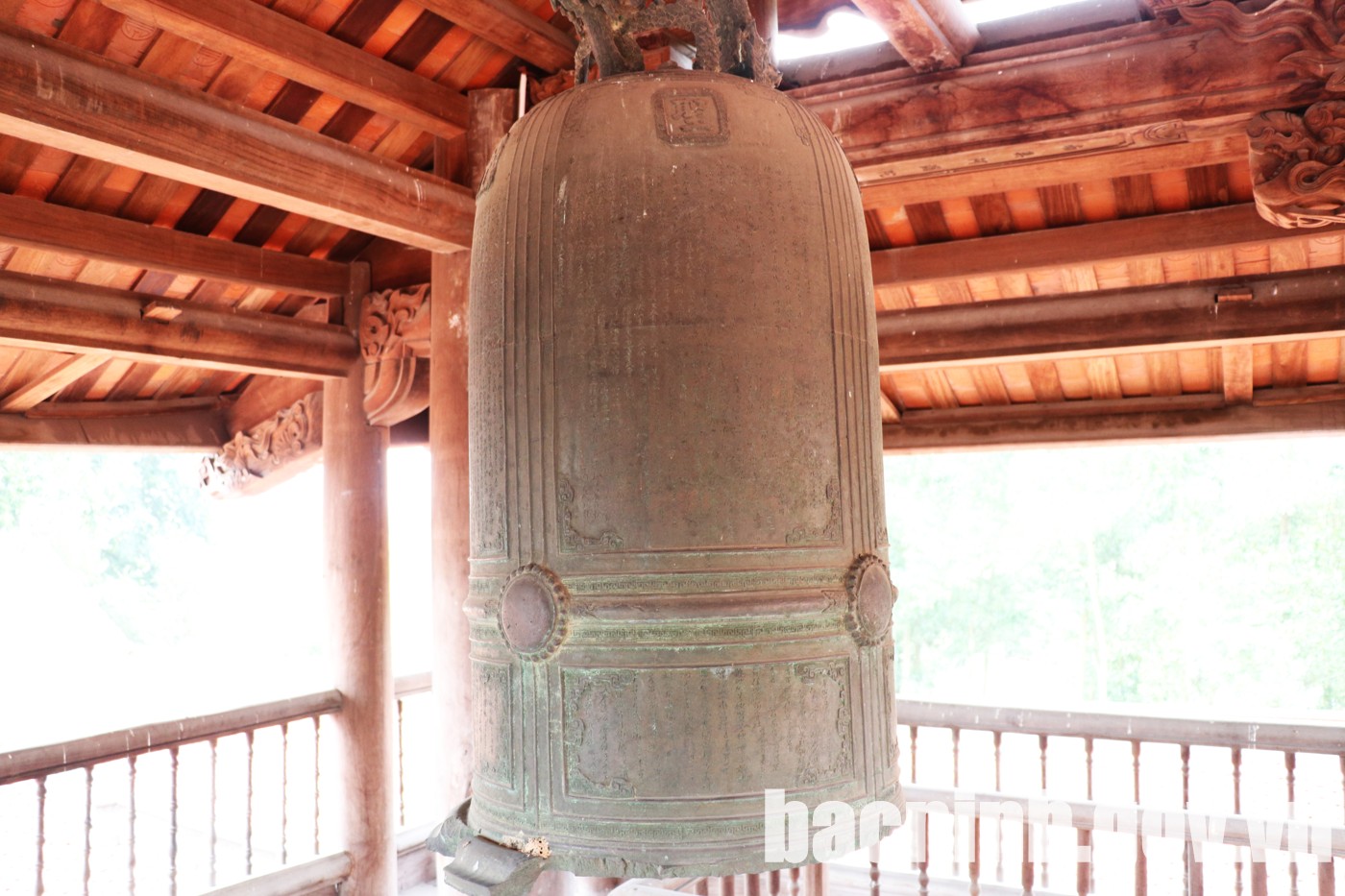
The bell tower has a load-bearing wooden frame structure.

In the pagoda grounds, there are Dong Vien and Tay Vien, which are two rows of houses connecting the Three Jewels with surrounding items.
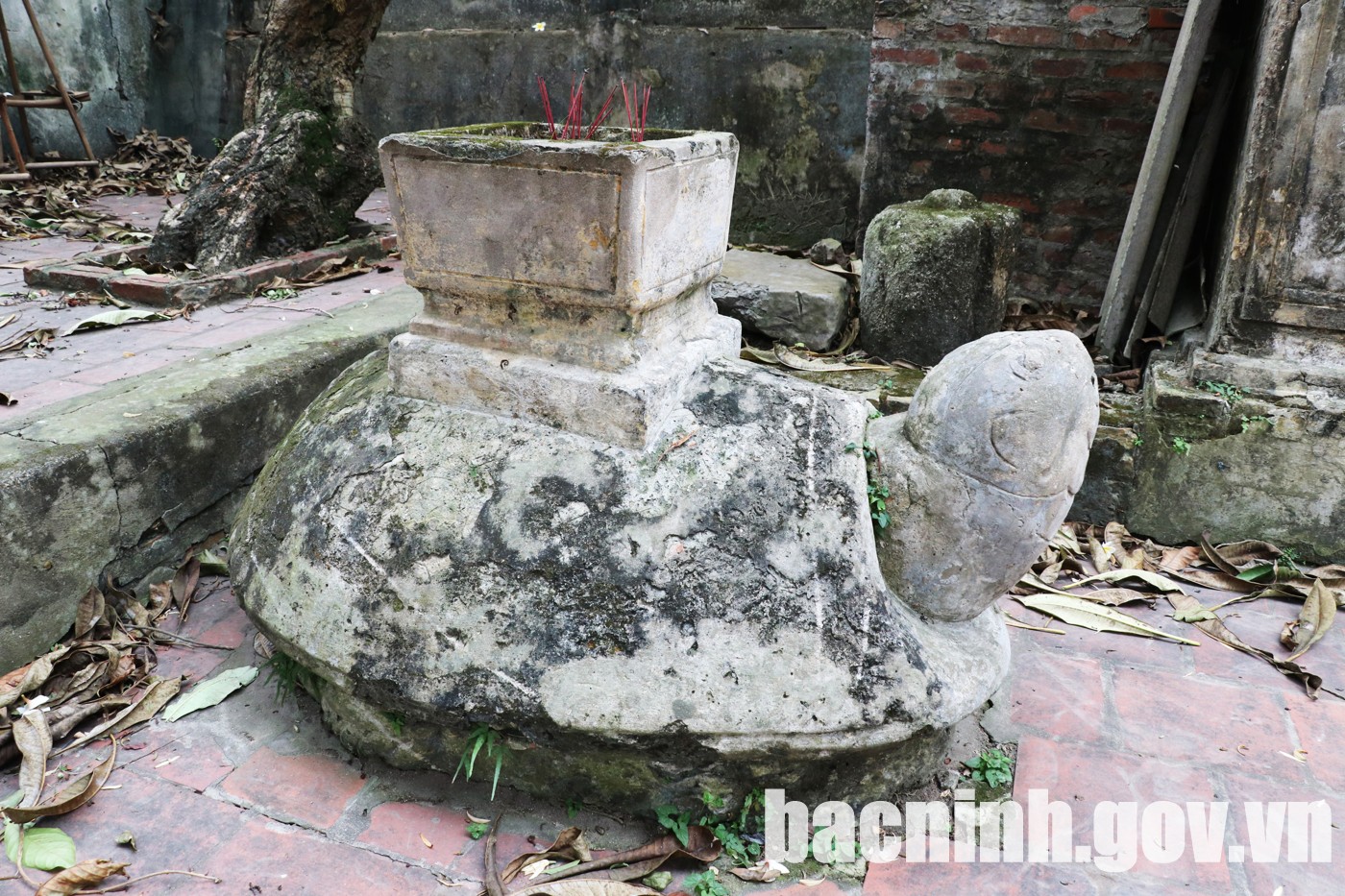
Stone beasts in the pagoda grounds.

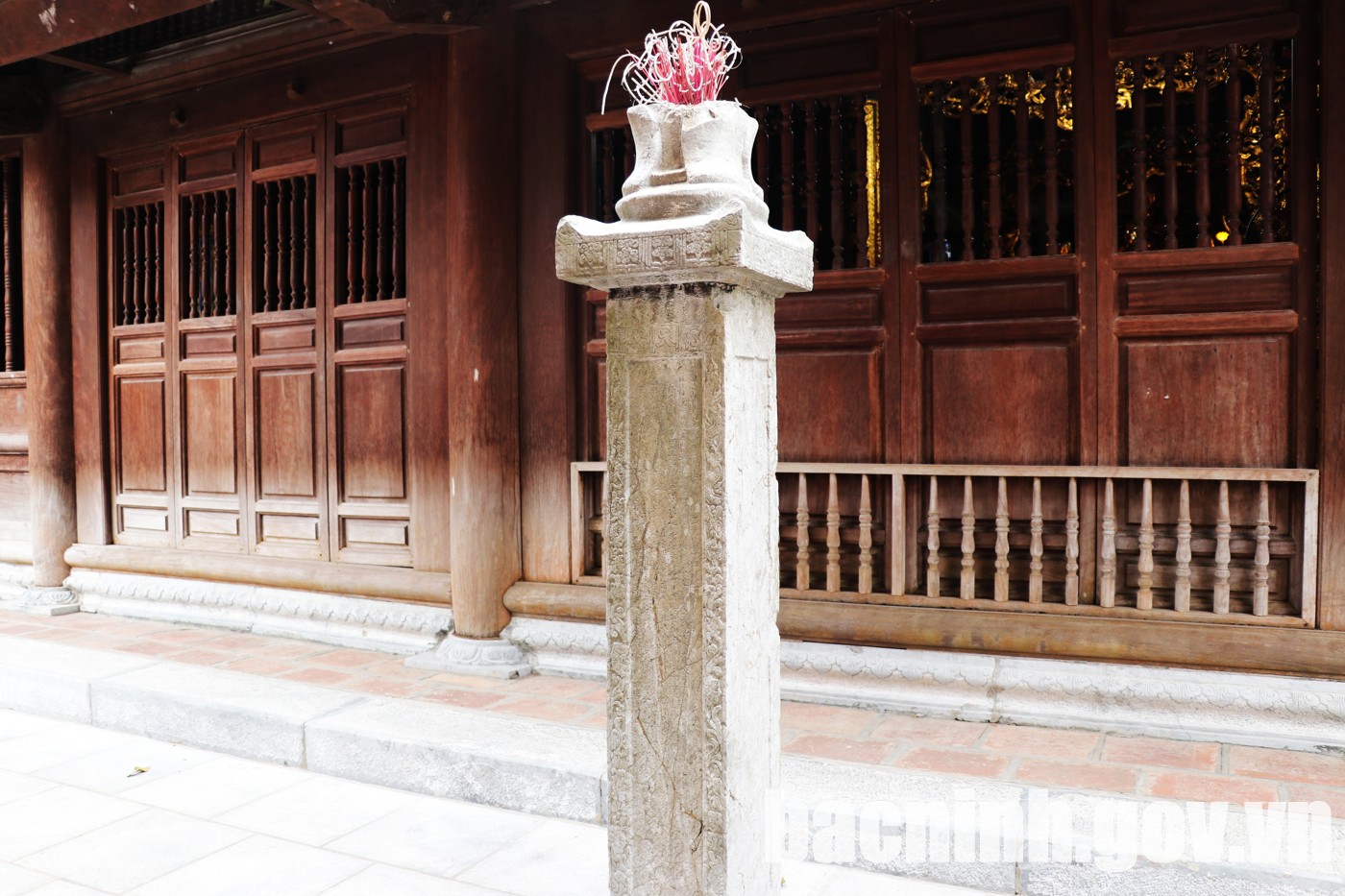
Currently, the pagoda still preserves many valuable ancient artifacts.
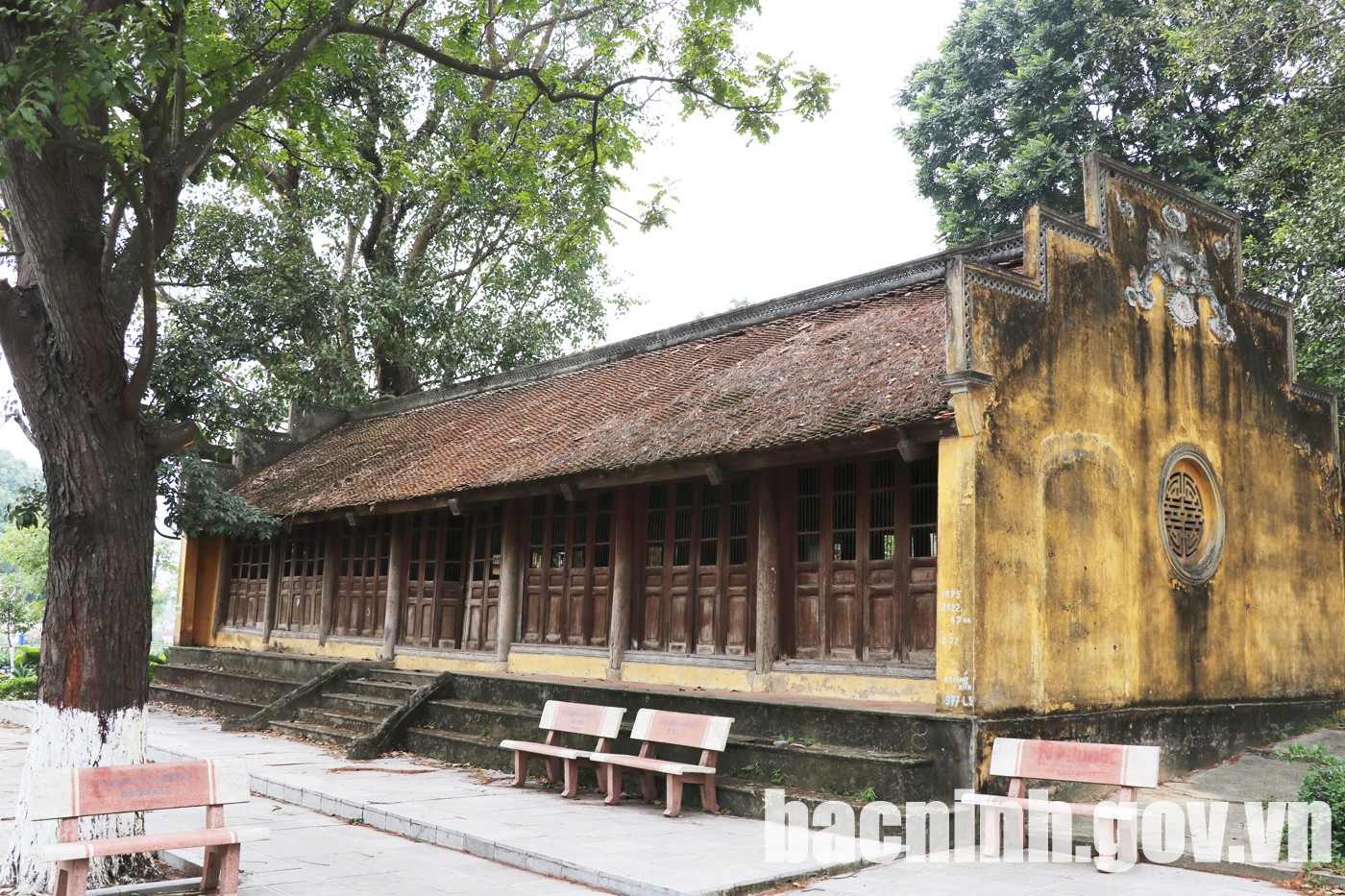
The pagoda is the place of revolutionary activities of comrade Ngo Gia Tu and comrades in the Vietnamese Revolutionary Youth League. During the days of the August Revolution (1945), the pagoda was the launch location of the Viet Minh organization in Tam Son village.
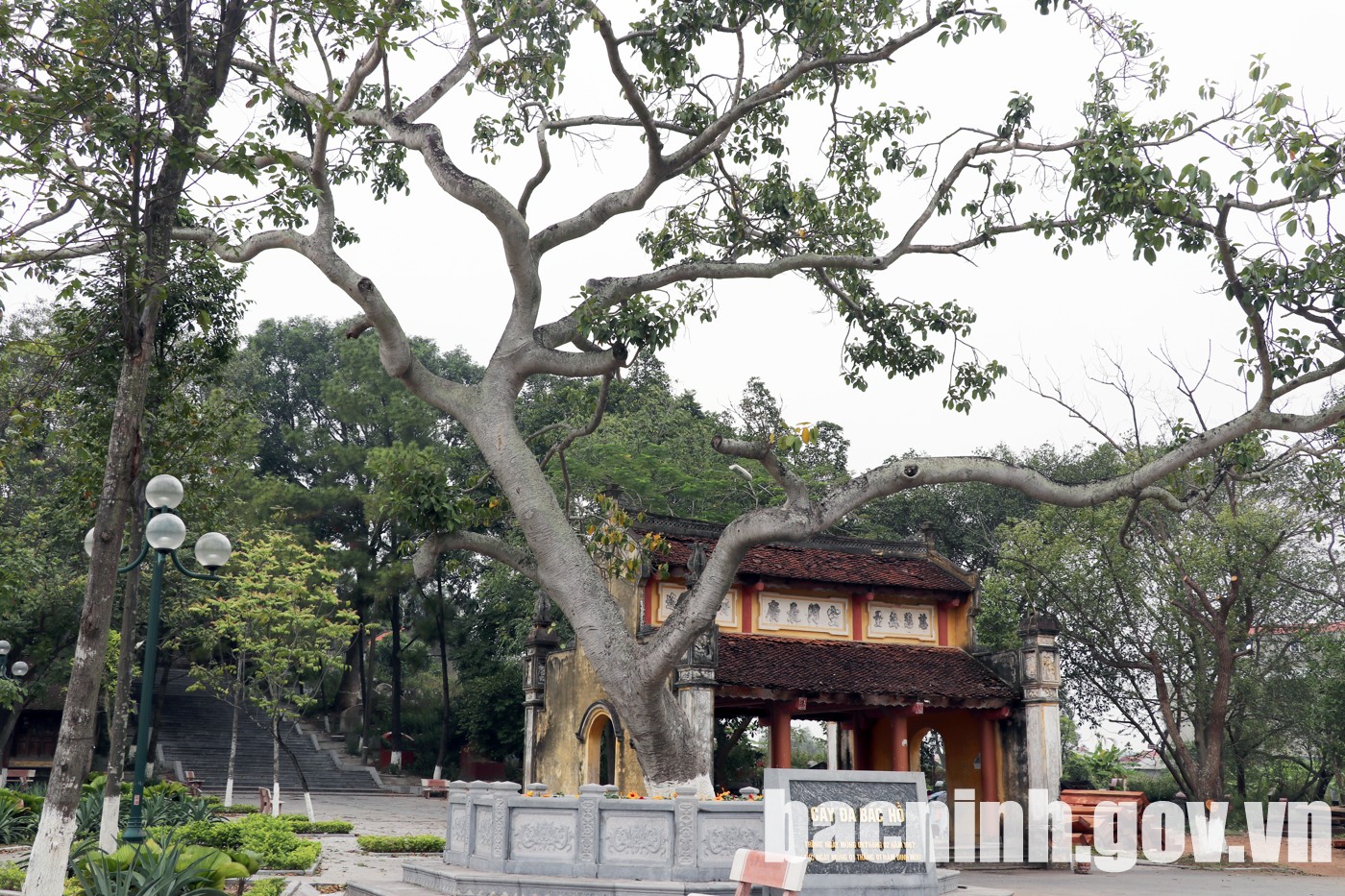

In particular, the pagoda was the place to welcome President Ho Chi Minh when he visited Tam Son commune in 1967. At the pagoda gate, there is still a banyan tree planted by Uncle Ho.
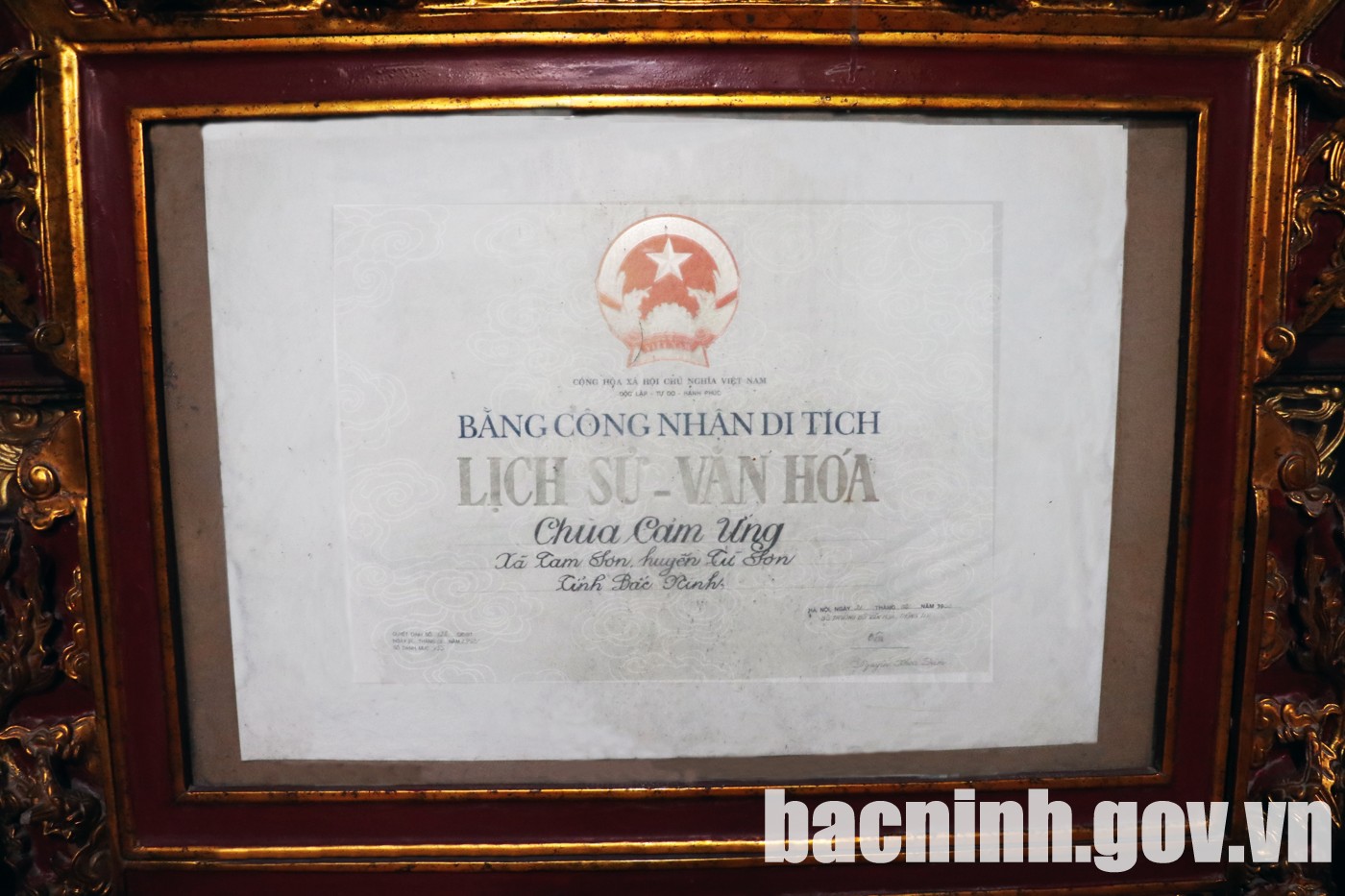
Tam Son Pagoda is a place to worship Buddha, the Mother Goddess, the Ancestors, the Holy Mountain God, 03 princesses (daughters of the Ly dynasty’s Kings), the first doctoral candidate Nguyen Quan Quang and Tiet Nghia Dai Vuong Nguyen Tu Cuong, a child of Tam Son. Tam Son Pagoda was recognized as a National Historical-Cultural Monument in 1992.






